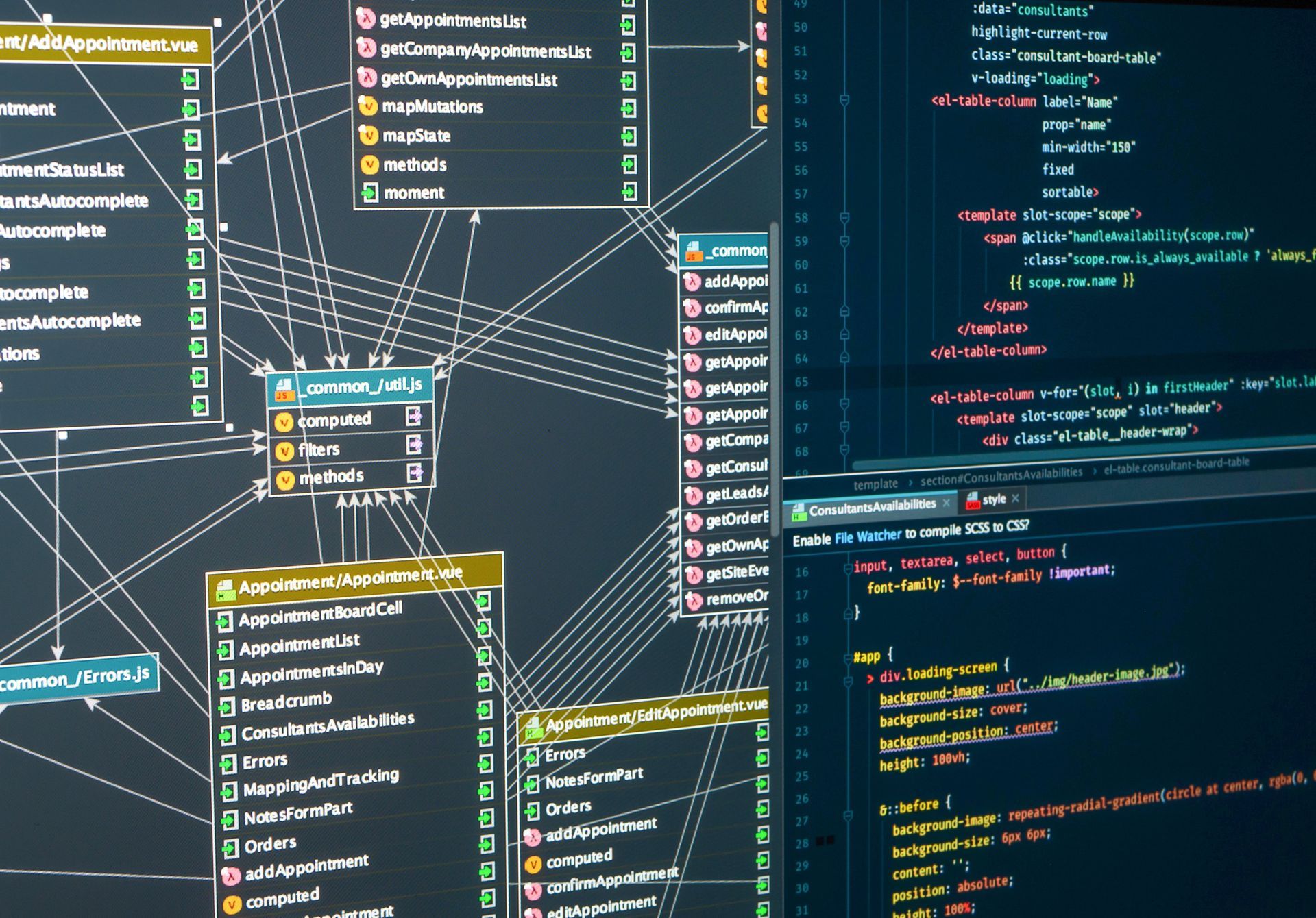A Step-by-Step Explanation on the Process of Data Migration

Data is everything in the digital age. It can be used to make crucial decisions for a business. It can provide insight to people who want to be in the know about something.
Whatever data can be put together, it can be useful in some form. When the time comes to migrate it from one place to another - that can be a challenge. This guide will give you a step-by-step explanation on the process of data migration.
When it comes to this process, you want to make sure everything is on point. One mistake or an overlooked task and things can go south. You want it to be as easy as one, two, three.
Ready to learn the process of data migration? Let’s talk about it some more.
Make a plan
Before the migration of data begins, it is important to not skip this step. Data migration without a solid plan in place is like flying blind in the fog. Your chances of doing the process wrong will be greater.
That’s why it is important to make a plan before you move forward with anything else. First, decide on the reason why you’re migrating data. Next, evaluate the current data infrastructure.
Is the infrastructure unable to handle the incoming amount of data that may be coming in the future? Does it require an upgrade?
Next, you want to set clear goals when it comes to data migration. You want to make sure the data is as accurate as possible. You also want to check to make sure it follows company policies and complies with data storage and protection standards.
Another goal you want to achieve is to make sure your new system is up and running promptly. This way, you can be able to continue with business as usual without worrying about downtimes or disruptions.
Create a data migration strategy
You want to determine how much data is being moved. At the same time, you want to determine which is being migrated to another system and which type is being left behind or archived. Running a data audit will make sure that the strategy you put together is smooth and seamless.
Next, you want to determine which migration type is best for your needs. You have the following to work with:
- Big Bang Migration: This will be used for getting the process done quickly. However, proper planning is key before it begins. That’s because you’ll be migrating data in a quick amount of time - risking possible issues that may arise and potential interruptions with your business. You want to make sure your critical business functions can handle it if the core systems are temporarily down. In order for this to be successful, a pilot implementation must be performed along with an emergency response plan in case things go wrong.
- Trickle: This is a migration type that can be done for those who want to do it with more time. The process will be done in smaller chunks. When this happens, the old and new systems will run at the same time making the process seamless without interruption. The one downside is that the migrated data from the old system to the new will be difficult to track.
- Synchronization: There are two types of synchronization: one-way and two-way. Let’s explain each one. In a one-way setting, you have the old and new systems synchronizing with each other. Your business can allow users to switch to the new system while keeping the old one online as backup. Meanwhile, they will consistently test the new system until the synchronization is complete. Two-way will be implemented if the migration process is done in increments.
Once you have a plan and data migration plan in place, be willing to stick with it.
Backup your data
While some say it’s not a mandatory thing to do - let’s say that it is anyway. Because things can go south during the data migration process. That’s why you need to perform a full backup of your data (including the data you want to migrate).
You need to do this before the real action takes place. This will ensure you have an insurance policy should the migration fail and a loss of data occur. Do not under any circumstances skip this step when it comes to data.
Be sure to test everything
Testing at each stage will ensure that every bit of the data migration process is a go. At this point, you want to make sure you perform tests across all phases - including design, backup, and the execution process itself.
Testing at the post-migration phase is also a must. This can be easier if you perform an approach like the trickle data backup. It will allow you to test each segment to ensure that any issues that may arise can be fixed promptly.
It’s go time
This is where the fun begins. You already have everything in place. Tests have gone well.
Now it’s time to migrate the data onto the new system. Keep in mind that the big bang approach will take at least several hours to even days - depending on the amount of data you have. Other approaches can take longer (such as months or even years).
Perform a post-migration audit
Finally, you want to perform a system audit to see that the data has been successfully migrated. If the migration is accurate, then consider it a successful mission. Congratulations!
Let Oamii Tech handle your data migration needs
Data migration doesn’t have to be left up by you. It can be done by the experts that can do it well. Oamii Tech knows that data migration can be a complex task.
But we have the right kind of knowledge and expertise to get the job done. If you are a small business looking to make a change in data systems or have questions about the migration process - we can help.
Don’t wait. Contact OamiiTech today and we’ll address your questions or concerns about data migration.
Disclaimer: The information on this website and blog is for general informational purposes only and is not professional advice. We make no guarantees of accuracy or completeness. We disclaim all liability for errors, omissions, or reliance on this content. Always consult a qualified professional for specific guidance.






